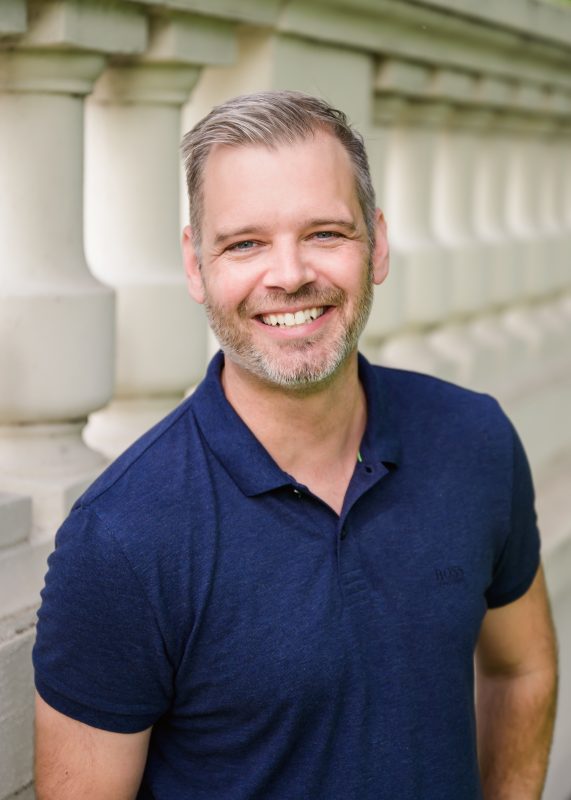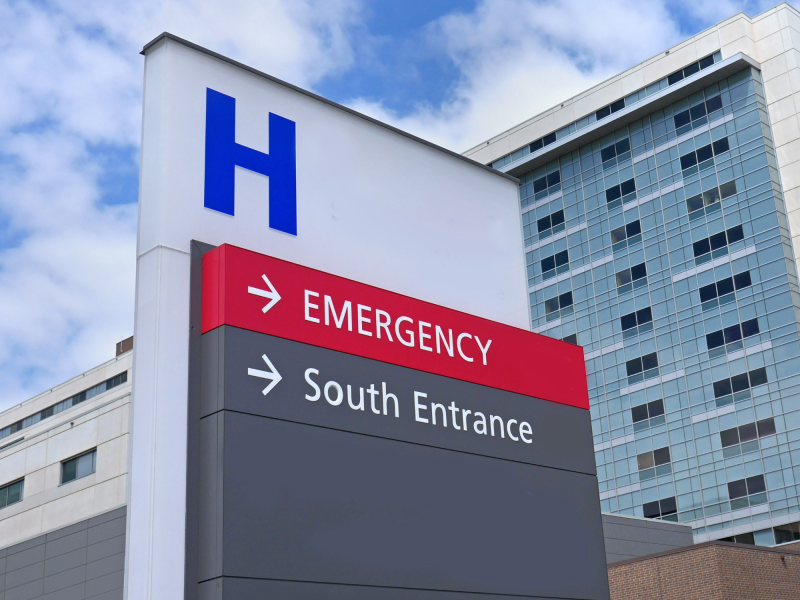By John Milsaps
Senior Advisor
The healthcare real estate sector is a significant player in Florida, and the reason is crystal clear: The state has long been a hub for seniors. The demographic landscape plays a pivotal role in dictating demand for medical properties, with Florida’s aging population emerging as a key driver.
Healthcare consistently holds a place in the Sunshine State’s top 10 industries. Evidence of this demand is the recent medical real estate investment of more than $333 million by the State Board of Administration of Florida, an asset management organization. There’s obviously a great deal of interest here in commercial real estate (CRE) related to healthcare.
Demographics Drive Medical CRE
The demographic makeup of Florida communities determines the prominence of healthcare as an economic indicator. Regions like Bradenton, Naples, Venice, with higher concentrations of seniors compared to cities like Tampa, significantly shape the demand for medical commercial real estate. The aging population’s growth directly correlates with the escalating need for healthcare services, leading to a surge in properties catering to the industry.
The presence of major healthcare institutions further intensifies the demand for medical CRE. Sarasota Memorial Hospital stands out as the county’s largest employer with about 6,550 on the payroll. This not only contributes to the overall demand for medical properties but also positions certain regions as healthcare hubs. The influence of these institutions creates a domino effect, attracting ancillary services and businesses that cater to the community’s growing healthcare needs.
Small Medical Centers
A noteworthy trend in several communities is the emergence of small medical centers offering specialized services like outpatient surgery and dialysis. These centers play a vital role in addressing the healthcare demands of the aging population, providing access to essential services. The proliferation of such facilities signifies a decentralized healthcare delivery approach, aiming to meet the specific needs of local communities.
Urgent care centers are also a force nationwide, not just in Florida, as about 80 percent of the country’s population lives within a 10-minute drive of one. For that reason, many investors are drawn to these centers, which offer an important alternative to emergency rooms. Urgent care centers are popular because they are most cost-effective than ERs and provide treatment beyond traditional doctor’s office hours.
Adapting to Growing Needs
As the demand for medical CRE continues to rise, the repurposing of unconventional spaces is helping meet the evolving needs of the community. Bank branches, facing closures in some areas, are being converted into medical centers. This adaptive reuse not only helps bridge the gap in available healthcare facilities but also demonstrates the flexibility and resilience of the real estate market in response to changing trends.
Such transformations do come with challenges. Many bank properties are not zoned for a medical practice, requiring investors to obtain variances. The facilities also require considerable modification to accommodate the need for patient privacy and other aspects of healthcare practice.
The Need for Knowledgeable Guidance
For those looking to capitalize on the growing opportunities in medical CRE, navigating the complexities of the market requires expert guidance. SVN Commercial Advisory Group is a valuable ally, providing knowledgeable advisors with a wealth of industry connections.

John Milsaps
Senior Advisor
813.597.6600
John.Milsaps@svn.com

